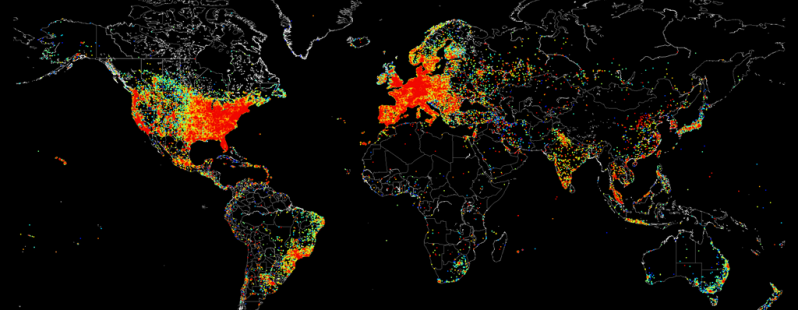The biggest threat to the Internet is the fact that it was never really designed. Instead, it evolved in fits and starts, thanks to various protocols that were cobbled together to fulfill the needs of the moment. Few of those protocols were designed with security in mind. Or if they were, they sported no more than was needed to keep out a nosy neighbor, not a malicious attacker.
The result is a welter of aging protocols susceptible to exploit on an Internet scale. Some of the attacks levied against these protocols have been mitigated with fixes, but it’s clear that the protocols themselves need more robust replacements. Here are six Internet protocols that could stand to be replaced sooner rather than later or are (mercifully) on the way out.
via 6 aging protocols that could cripple the Internet | InfoWorld.




